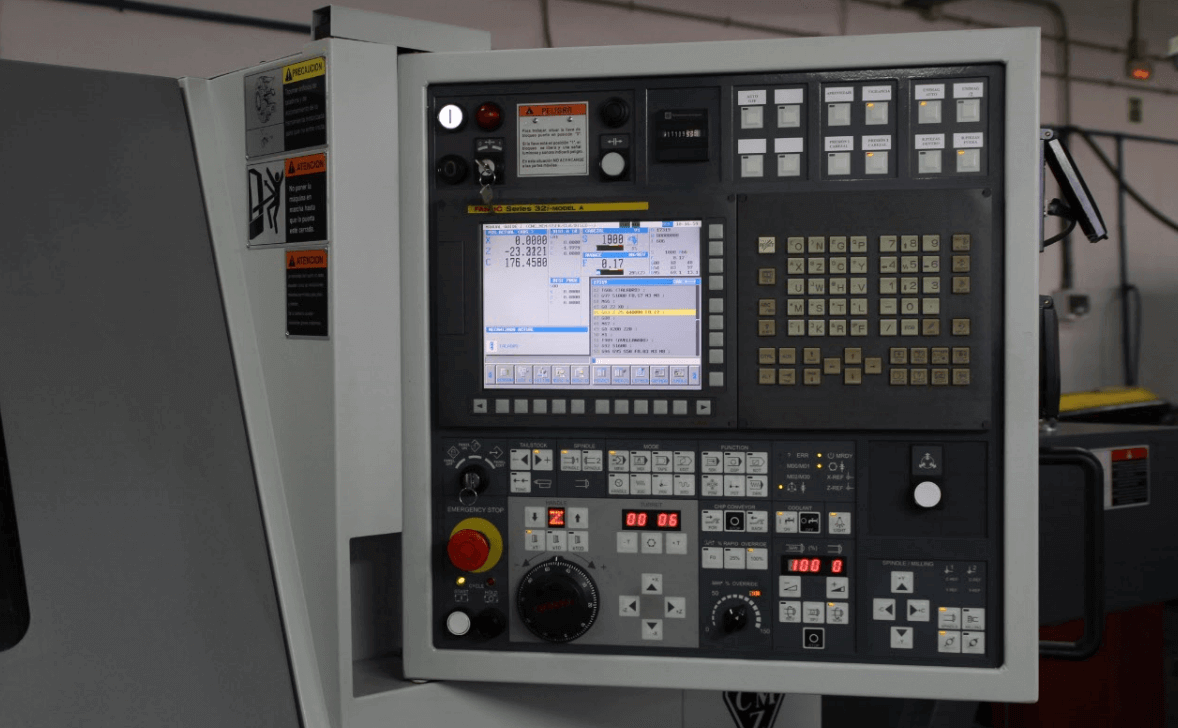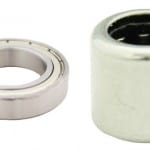Industrial maintenance has undergone a great advancement throughout the last few years. New technologies enable industrial companies to stay ahead of problems and optimise productive processes and performance. Do you want to know the keys surrounding this transforming process? Are you aware of all the advantages of predictive maintenance? In this article of CLR’s blog you will find everything you need to know.
The origin of industrial maintenance
Industrial maintenance has evolved along the following generations: The first one began in a period in which industry was barely starting its mechanisation process and, in fact, its machinery was simple and specific. For this reason, maintenance systems and processes were not paid attention to beyond corrective work. We are referring to the First Industrial Revolution.
And by the second generation; the time of the second industrial revolution, things would change. Industry needed more productive and efficient machines, and automated processes had started to emerge. Mechanisation was a need which was depended upon. This fact led the industry to work towards preventing failures and wear which would condition production times. This led to the birth of the concept of preventive maintenance. Getting ahead of problems so as not to stop producing.
During the third, and the current “fourth” industrial revolution, maintenance improvement processes have gained importance. The increase in automation and computerised control system dependency results in unproductive periods having a key effect in production lines and total costs.
“The concept of maintenance nowadays includes prevention and prediction methods that are considered to be a key factor for business competitiveness, differentiation and innovation.”
Contributing to the improvement of productive systems is an undertaking industries both large and small are betting on as a means to grow in a competitive and globalised environment.
You may find this content interesting: What are the challenges of industry 4.0 for SMEs?
When speaking of maintenance, it is fitting to talk about the types of maintenance. Under this classification we can discern three, broadly speaking: corrective, preventive and predictive. What are the advantages of each of them? Do you want to adopt a model that is in line with today’s industry? Keep reading.

Types of industrial maintenance
Corrective Maintenance
As a definition, we could say it is a “set of repair and substitution activities of worn elements performed when a failure emerges”. This type of maintenance is common among small factories due to savings in inspection, technology and personnel costs related to quality control.
Preventive Maintenance
Based on the substitution of components when their service life has expired. By using this type of preventive maintenance, a reduction of the frequency and impact of failures is achieved. This maintenance prevents stops in production lines and allows our production to always have an optimal yield.
Predictive Maintenance
Predictive maintenance involves an evaluation of mechanical or electrical components through analysis techniques and the monitoring of variables related to vibration, temperature, oils, insulations, etc. Studying this variables provides us with information regarding the state of components and the manner in which a machine is operating. Thus, it is possible to guarantee its availability and top performance, avoiding costs associated with the two previous forms of maintenance: supervisions, stops, repetitions….
Through software technologies, sensors and the analysis of large quantities of data or data mining, quality managers have all the information about each machine and process. The basis of productive maintenance is in the monitoring of all types of key variables for each industry.
Technologies applicable to predictive maintenance
The technology in existence that can be applied to the field of predictive maintenance is varied. The so-called maintenance programs result in major cost savings. On one hand, they detect imminent failures in advance (this is what we know as the economy of scheduled downtime). On the other hand, they allow times needed for repairs and resupply to be scheduled in advance. Additionally, they help us find alternatives that enable us to keep working as expected. Where are some of these programs applied?
Vibration analysis
Measuring the sound and vibration if very important. Any component in a machine is susceptible to suffering these problems and condition the results of any product.
Performance and analysis of frequency measurement structural tests provide us information about the integrity of the structure, material properties, their fatigue, rigidity, cracks, etc.
Oil Analysis
The technology applied to predictive maintenance in regards to the analysis of lubricants is called ferrography, and consist of performing physical-chemical tests on the oil with the purpose of determining whether the lubricant is in optimal conditions or if it has to be changed. Ferrography is the most widespread technique, and in industry it is considered to be a technique that detects, quantifies and forecasts mechanical problems by the sector.
Infrared Thermography (IRT)
This technology allows for the surface measurement of temperature through infrared radiation, using an infrared camera. The main advantage is that it is a contactless method, and therefore, maintenance of the objects observed via infrared will not affect their operation.
It is evident that predictive maintenance is in the DNA of all manufacturer that intends to offer quality and availability to his clients. This is how we consider things to be here at CLR, which is why our quality department works every day so that the machining and injection moulding centre of the company performs optimally.
CLR’s components and standards which are part of our equipment and machinery are subjected to treatments and tests depending on the needs of the product. With this work, we manage to improve the properties and performance of solutions in order to accomplish a longer service life.
Do you want to stay updated about the latest novelties in component manufacturing technologies? We share with you a very interesting guide by CLR. Download it now for free by clicking on the image.











